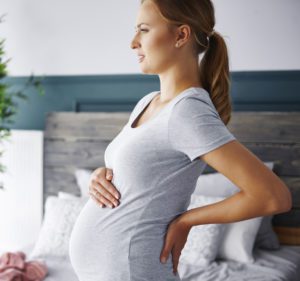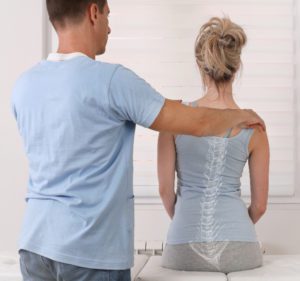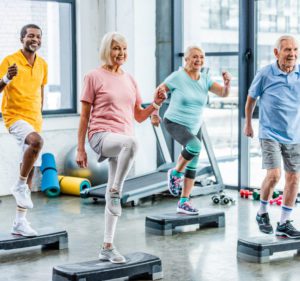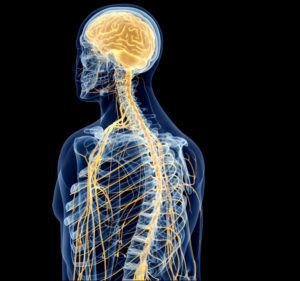
How to Prevent Back Pain during Pregnancy
Pregnancy is an exciting time for expectant parents. While it is a seminal experience, the physical changes that take place in the body can sometimes cause discomfort. This is especially true as pregnancy reaches later stages and the baby grows larger. One of the common issues inherent in pregnancy is back pain, especially in the lower back. In some instances, this pain disappears after the baby is born, while in others, it may linger for months. Working with a back doctor early to prevent back pain during pregnancy is key to effectively managing it. Causes of Back Pain during Pregnancy There are several possible causes of pregnancy-related back pain, the most common of which is weight gain. Pregnancy can increase your weight by 40 pounds or more. This added weight can strain your back muscles, especially since it is not evenly distributed. The way the baby grows shifts your center of gravity shifts as the bulk of your added weight is in the front of your body. Additional causes of back pain include: Expanded uterus: What starts as a pear-sized organ expands to the size of a watermelon by the end of pregnancy. This moves various other organs around in your body and may cause pressure on spinal nerves. Hormonal shifts: Shifting hormone levels in the body do more than just impact your emotions, they impact your body. As it prepares for birth, your body adjusts itself, loosening joints in the pelvic region, a process that is partially driven by hormones. This process decreases joint support, which impacts posture and in turn causes back discomfort. Stress: You may be more tense than usual due to common anxieties surrounding giving birth and caring for a newborn. This may result in more tension than usual around your body, including in your back muscles. Types of Pregnancy-Related Back Pain Pregnancy-related back pain typically presents in two ways: pelvic pain and lumbar spine pain. Pelvic Pain This is the most common form of pregnancy-related back pain as it occurs around the waist, or just below it. You may feel this pain around the tailbone area, and it may sometimes extend into your thighs. It is sometimes worsened by standing up from a seated position or walking up or down flights of stairs. Lumbar Spine Pain This type of back pain occurs above the waist and may extend through the center of your back. You may feel it after standing for long periods or doing repetitive motions that involve the back muscles, such as lifting heavy objects. Pregnancy Back Pain Prevention While some aspects of pregnancy-related discomfort may not be avoidable, there are steps you can take to alleviate back pain. Move around as Much as Possible This may seem counterproductive, but moving is one of the best ways to avoid ongoing back pain during pregnancy. Keep it simple: take a walk or go for a swim. Try prenatal yoga. Do things to keep your body moving, joints lubricated and your body conditioned. This will



